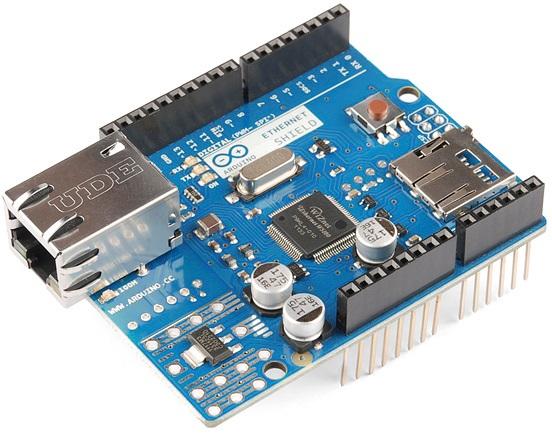When we talk about Arduino and Android, we’re referring to the integration between an Arduino microcontroller and an Android device to create projects that can benefit from the strengths of both platforms. Here’s an overview of how these two can work together:
Overview of Arduino and Android Integration
Arduino One Sheeld is a popular open-source electronics platform based on easy-to-use hardware and software. It is commonly used for creating interactive projects that can sense the environment through sensors, control outputs like lights, motors, and other actuators, and communicate with other devices.
Android is a widely-used operating system for mobile devices, offering robust support for a wide range of hardware interfaces, including Bluetooth, Wi-Fi, and USB, which makes it an excellent platform for creating user interfaces for Arduino projects.
Common Ways to Integrate Arduino with Android
- Bluetooth Communication:
- HC-05/HC-06 Bluetooth Module: These modules can be connected to Arduino to enable wireless communication with an Android device. Using an Android app, you can control Arduino outputs like LEDs, motors, or receive data from sensors.
- Example Project: Control an Arduino-powered robot with an Android app using Bluetooth.
- Wi-Fi Communication:
- ESP8266/ESP32 Wi-Fi Modules: These modules or microcontrollers come with built-in Wi-Fi and can be used to connect Arduino to the internet. You can create projects where an Android app can control or monitor an Arduino-based system over a local network or even remotely via the internet.
- Example Project: Home automation system controlled by an Android app over Wi-Fi.
- USB Communication (OTG):
- USB OTG (On-The-Go): Some Android devices support OTG, which allows them to act as a USB host. By connecting Arduino directly to the Android device via USB, you can create a wired communication link.
- Example Project: Directly controlling Arduino with an Android app using USB OTG.
- Android Things:
- Android Things: This was Google’s platform for building smart devices using Android, which could be combined with Arduino for creating more complex IoT (Internet of Things) projects. Although Android Things is no longer actively supported, its concepts and principles can still inspire similar integrations using other Android-based solutions.
- Example Project: Building an IoT device with a touchscreen interface powered by Android.
- HTTP Communication:
- REST APIs: You can create an Android app that communicates with an Arduino server over HTTP. Arduino can be connected to a local network using Ethernet or Wi-Fi shields/modules. The Android app can send HTTP requests to Arduino, which can act on the requests or send back sensor data.
- Example Project: Temperature monitoring system where an Arduino sends data to an Android app via HTTP.
Tools and Libraries for Arduino and Android Integration
- Arduino IDE: The official integrated development environment for writing, compiling, and uploading code to Arduino boards.
- MIT App Inventor: A block-based visual programming environment that makes it easy to create Android apps to interact with Arduino via Bluetooth or Wi-Fi.
- Blynk: A platform with iOS and Android apps to control Arduino, Raspberry Pi, and similar microcontroller boards over the Internet.
- Arduino Android USB Host Library: Useful for USB OTG projects where the Android device communicates with Arduino via a direct USB connection.
- Firebase: Google’s cloud-based platform that can be used in conjunction with Android apps to store and retrieve data from an Arduino project.
Example Project: Controlling an LED with Arduino and Android via Bluetooth
Components Needed:
- Arduino Uno
- HC-05 Bluetooth Module
- Android Device
- LED and Resistor
- Breadboard and Jumper Wires
Steps:
- Arduino Setup:
- Connect the HC-05 Bluetooth module to Arduino.
- Write a simple Arduino sketch to control the LED based on serial input (from the Bluetooth module).
- Upload the sketch to the Arduino board.
- Android App:
- Create an Android app using MIT App Inventor or Android Studio.
- Use the app to connect to the HC-05 module via Bluetooth.
- Send commands from the app to the Arduino to turn the LED on and off.
- Communication:
- Pair the Android device with the HC-05 module.
- Open the app, connect to the Bluetooth module, and control the LED.
This basic example shows how you can start integrating Arduino with Android to create interactive projects that combine physical hardware with a mobile interface.


